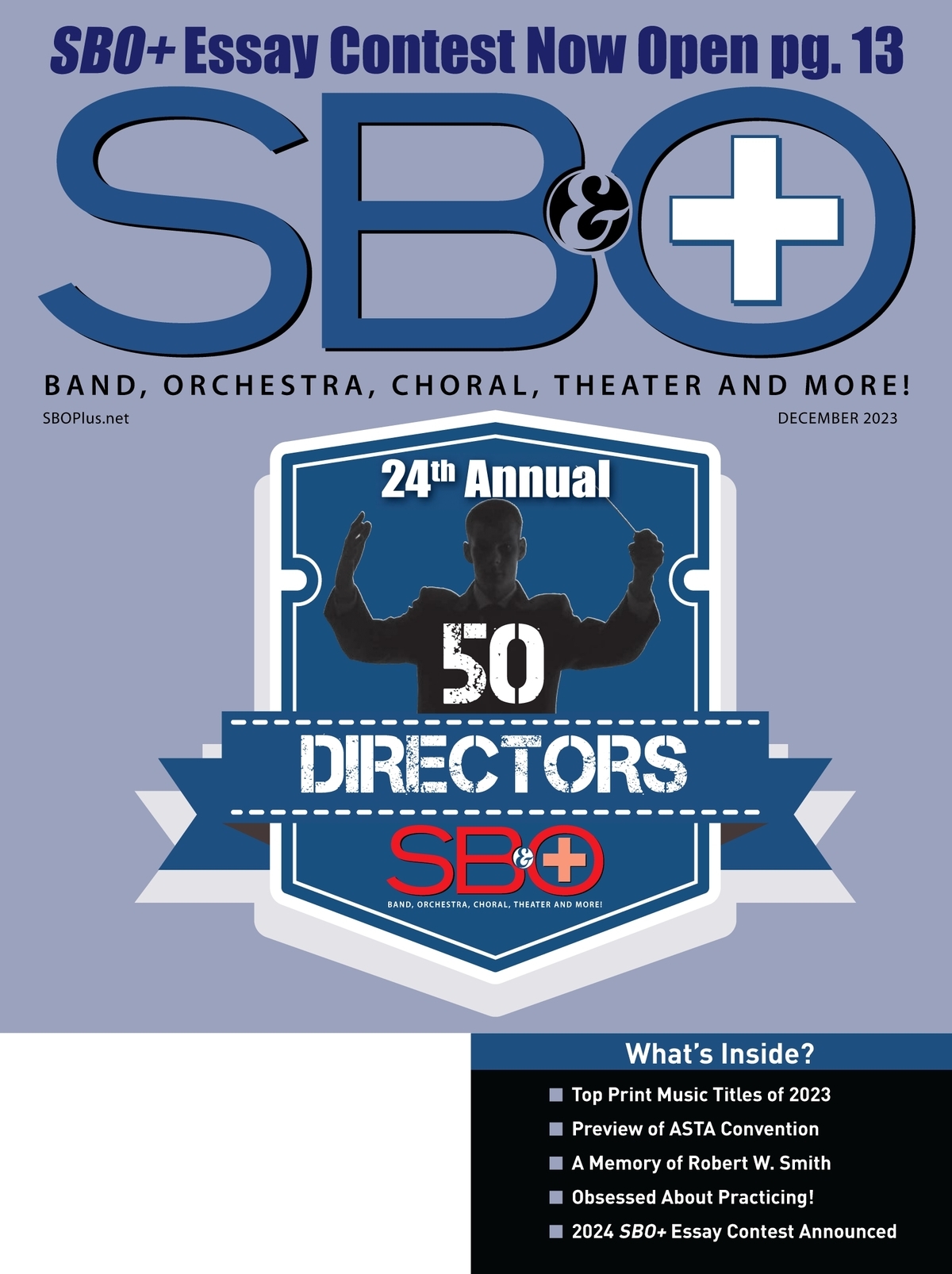EDUCATORS SUBSCRIBE FOR AS LOW AS $0.00! CLICK HERE!
 BSO Guest conductor Christoph von Dohnányi is joined by virtuoso pianist Jean-Frédéric Neuburger for three performances Thursday, January 26-Saturday, January 28, 2017, for Schumann’s intensely lyrical Piano Concerto.
BSO Guest conductor Christoph von Dohnányi is joined by virtuoso pianist Jean-Frédéric Neuburger for three performances Thursday, January 26-Saturday, January 28, 2017, for Schumann’s intensely lyrical Piano Concerto.
 Mr. Neuburger [Jean-Frederic Neuburger] makes his BSO debut as pianist with these performances, although audiences may know him from Maestro Dohnányi and the BSO’s 2015 world premiere performance of his composition Aube, a BSO commission. Mr. Dohnányi and the orchestra open this program with the American premiere of Incantesimi, a new work and BSO co-commission by the acclaimed English composer Julian Anderson.
Mr. Neuburger [Jean-Frederic Neuburger] makes his BSO debut as pianist with these performances, although audiences may know him from Maestro Dohnányi and the BSO’s 2015 world premiere performance of his composition Aube, a BSO commission. Mr. Dohnányi and the orchestra open this program with the American premiere of Incantesimi, a new work and BSO co-commission by the acclaimed English composer Julian Anderson.
The orchestra also performs Schubert’s expansive Symphony in C, The Great, the composer’s largest and final symphony, and one that Robert Schumann praised by saying it “transports us into a world we cannot recall ever having been before.”
British composer Julian Anderson is professor and composer in residence at Guildhall School of Music & Drama. Between 2002 and 2011, he was artistic director of the Philharmonia’s Music of Today concert series at Royal Festival Hall, and from 2013 to 2016 he was composer in residence at Wigmore Hall. He has also been on the Harvard University faculty. Incantesimi was commissioned jointly by the BSO with the Berlin Philharmonic, which premiered it under Simon Rattle’s direction in June 2016, and the Royal Philharmonic Society. Of his new work, Julian Anderson writes: “I use five musical ideas that orbit each other in ever differing relationships, somewhat like planets in an orrery. The cor anglais plays a special role with recurring solo lines. The work is an eight-minute span of time on the outside, but it gives a sense of being much more expansive, which is an illusion only music can give.”
Robert Schumann wrote his passionate, lyrical Piano Concerto, for his wife, Clara, one of the great pianists of the age. It began life as a single-movement work, and, at Clara’s request, was enlarged into a complete concerto—Schumann’s only large-scale work for piano and orchestra. It is both one of the repertoire’s finest piano concertos and one of the best encapsulations of Schumann’s particular genius. It is mercurial, by turns surging forward in wild bursts of energy and broadening out in rhapsodically lyrical passages. Mixing many styles, from high-minded counterpoint to dazzling virtuosic display to poetic ruminations, it also contains a wealth of gorgeous, memorable melodies.
When Franz Schubert died in 1828, he left behind numerous unpublished works, many of which had never been performed. The manuscripts eventually ended up with Schubert’s brother Ferdinand, who sold off many of the smaller-scale works but paid little attention to the large-scale symphonic and choral works, allowing them to collect dust on his shelves for nearly a decade. Finally, in 1837, Robert Schumann persuaded Ferdinand to show him the remaining manuscripts. Discovering among them The Great C-Major Symphony, Schumann knew he was looking at a masterpiece and was amazed and delighted with his discovery. The work finally received its long-overdue premiere the following year under the baton of Felix Mendelssohn. Overflowing with hummable tunes and flowing lyrically from beginning to end, Schubert’s Great Symphony—so nicknamed to differentiate it from the much shorter and more modest Symphony No. 6, with which it shares its C-major key signature—is identifiably the product of history’s greatest composer of art song.






